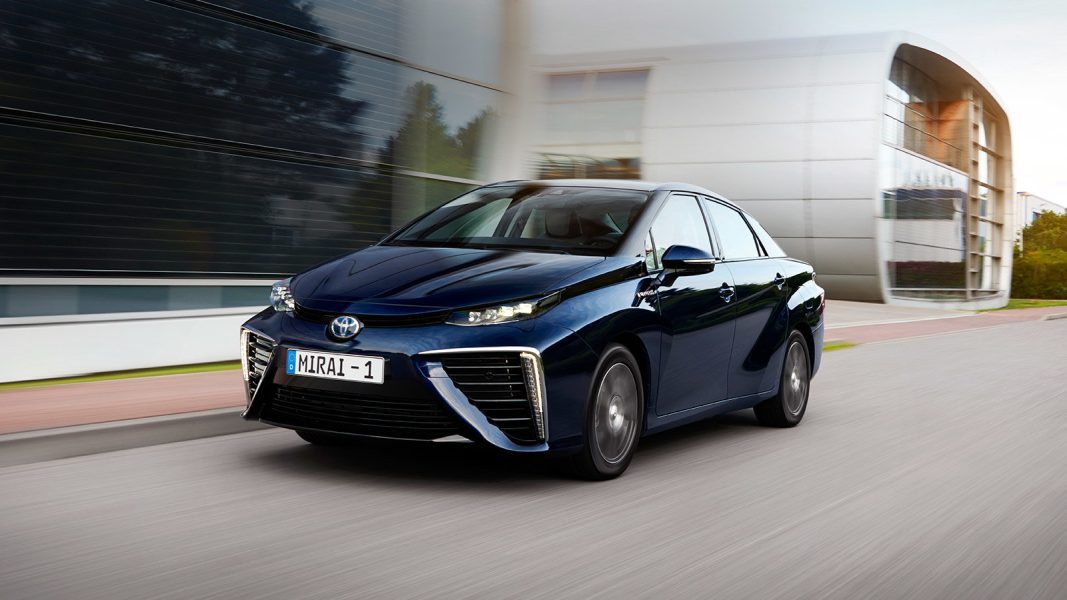
Cobalt could save hydrogen cars. Platinum is too rare and expensive
Why are hydrogen cars unacceptable? For two main reasons: filling stations for this gas are not very popular yet, and in some countries there are none at all. In addition, fuel cells require the use of platinum, which is an expensive and rare element, which affects the final price of FCEV vehicles. Therefore, scientists are already working on replacing platinum with cobalt.
Cobalt could make hydrogen cars popular
Table of contents
- Cobalt could make hydrogen cars popular
- Cobalt research helps fuel cells in general
Cobalt is an element with unique properties. It is used in fuel desulfurization in crude oil refining (yes, yes, Combustion vehicles also need cobalt to drive.), it is also used in electrical engineering - and in many battery-powered devices - in the cathodes of lithium-ion cells. In the future, this could help hydrogen fuel cell vehicles (FCEVs).
As the head of the BMW R&D team, Klaus Fröhlich, said in early 2020, hydrogen cars are nowhere to be found, because fuel cells are 10 times more expensive than an electric drive. Most of the cost (50 percent of the cost of the cell) comes from the use of platinum electrodes, which act as catalysts in fuel cells, accelerating the reaction of hydrogen with oxygen.
Scientists at the Pacific Northwest National Laboratory decided to replace platinum electrodes with cobaltin which metal atoms are interspersed with nitrogen and carbon atoms. Such a structure, in which cobalt is held in specially prepared organic structures, must be four times stronger than one made from iron (source). Ultimately, it should also be cheaper than platinum; on the exchanges, the price of cobalt is about 1 times lower than the price of platinum.
Cobalt research helps fuel cells in general
It turned out that the reactivity of such a medium is better than that of other catalysts built without the presence of platinum or iron. It was also possible to find that hydrogen peroxide (H2O2) generated during oxidation causes decomposition and a decrease in catalyst efficiency. This allowed protecting the electrodes and increasing the strength of the structure, which could extend the life of the cells in the future.
Current life of a platinum-based fuel cell is estimated at about 6-8 thousand hours with non-constant operation of systems, which gives up to 333 days of continuous operation or up to 11 years old, subject to activity for 2 hours a day... Cells are most affected by variable loads and activity processes associated with a lack of work, which is why some experts explicitly state that they should not be used in cars.
Update 2020/12/31, watch. 16.06/XNUMX: The original version of the text mentioned "platinum membranes". This is an obvious mistake. The surface of at least one of the electrodes is platinum. This photo clearly shows the platinum catalyst layer located under the diaphragm. We apologize for the lack of concentration when editing the text.
Opening photography: illustration, fuel cell (c) Bosch / Powercell

This may interest you:
